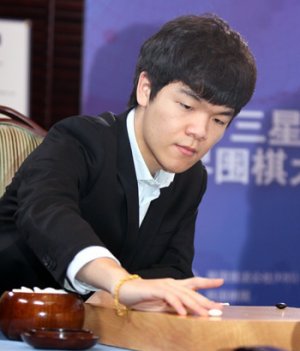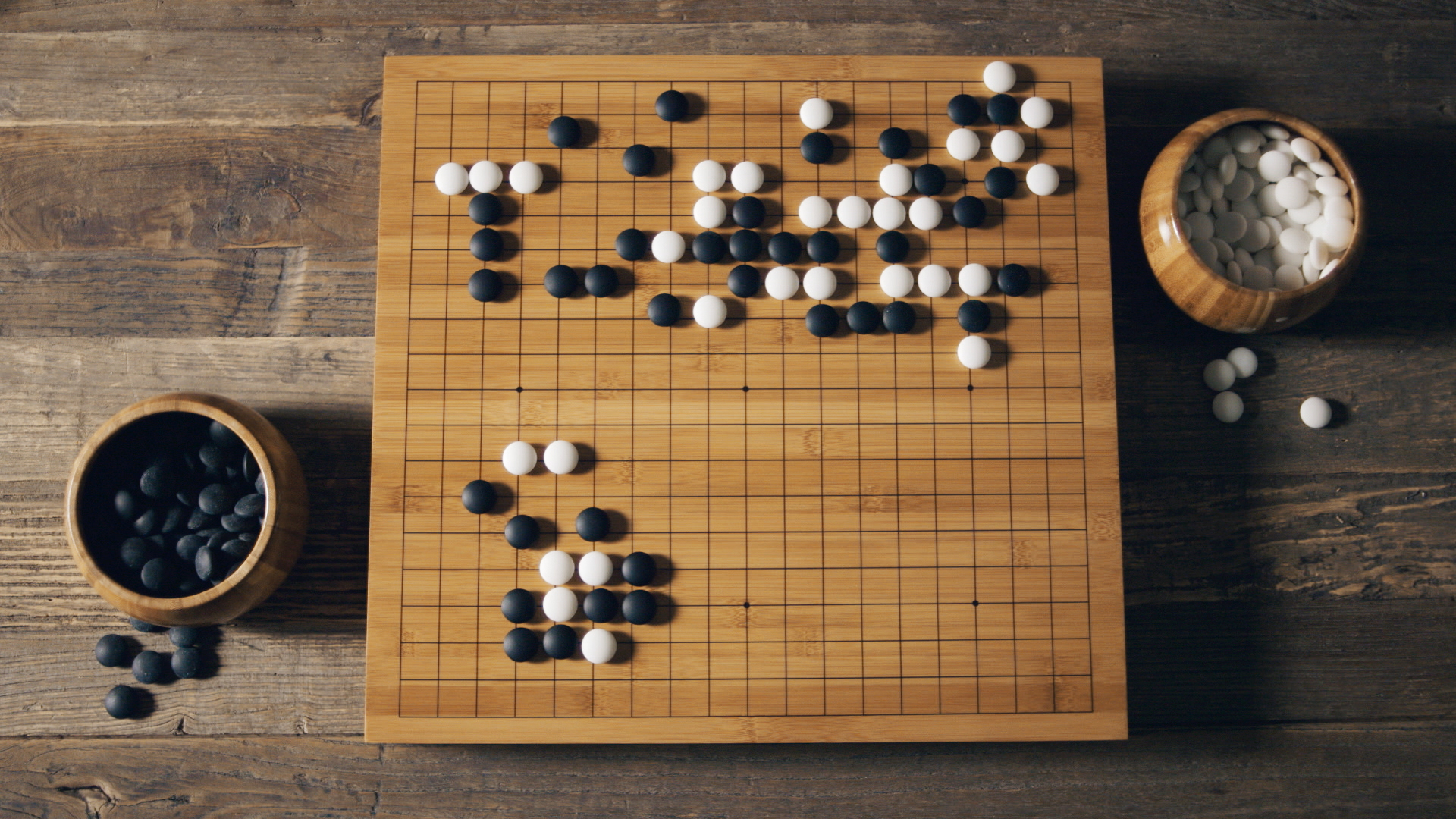|
Ready, Set, AlphaGo: Another Man-machine Board Game Matchup
May 21, 2017
It's Deep Blue and Garry Kasparov all over again.
The famous chess struggle between a grandmaster and a computer made headlines twice, most recently in 1997, when the computer won. Now, the game is Go, an equally ancient game that artificial intelligence has mastered.
Ke is 19 now but has been a Go professional since he was 11. He has been the world's top-ranked Go player for more than two years.
In what could be foreshadowing, an anonymous player, called "The Master," in January defeated all other players for 60 straight victories in an online environment. Google later revealed the identity of the anonymous player: AlphaGo, new and improved. Go is thought by many to be the oldest board game still being played. It dates to more than 2,500 years ago.
The game has two players, each of whom has a collection of playing pieces called "stones"; one players has white stones, and the other player has black stones. The traditional size is 19 squares on a side; some players play on smaller boards.
The players place their stones one at a time on a square grid, which is itself divided into squares, much like a board used for chess or checkers. Unlike in those two games, however, Go players place their playing pieces on the intersections between squares, so as to be able to control the territory surrounding each stone. A stone of one color that has been entirely surrounded by stones of another color can be "captured" and removed.
The winner is the player who controls the most territory when neither player wishes to make another move. Players get points to match the amount of territory that they control and the number of stones that they have captured. |
|
Social Studies for Kids
copyright 2002–2019
David White



 AlphaGo, an AI program developed by Internet search engine Google, made headlines around the world in 2016 by defeating Lee Se-Dol, a South Korean grandmaster, 4–1. The match, which took place in Seoul, was the first win recorded by a computer player over a human player.
AlphaGo, an AI program developed by Internet search engine Google, made headlines around the world in 2016 by defeating Lee Se-Dol, a South Korean grandmaster, 4–1. The match, which took place in Seoul, was the first win recorded by a computer player over a human player.
 In what could be billed as a rematch, the reigning human Go champion, China's Ke Jie, will challenge AlphaGo in a three-game series. The games will take place in Wuzhen, China, and will run on Tuesday, Thursday, and Saturday.
In what could be billed as a rematch, the reigning human Go champion, China's Ke Jie, will challenge AlphaGo in a three-game series. The games will take place in Wuzhen, China, and will run on Tuesday, Thursday, and Saturday.


